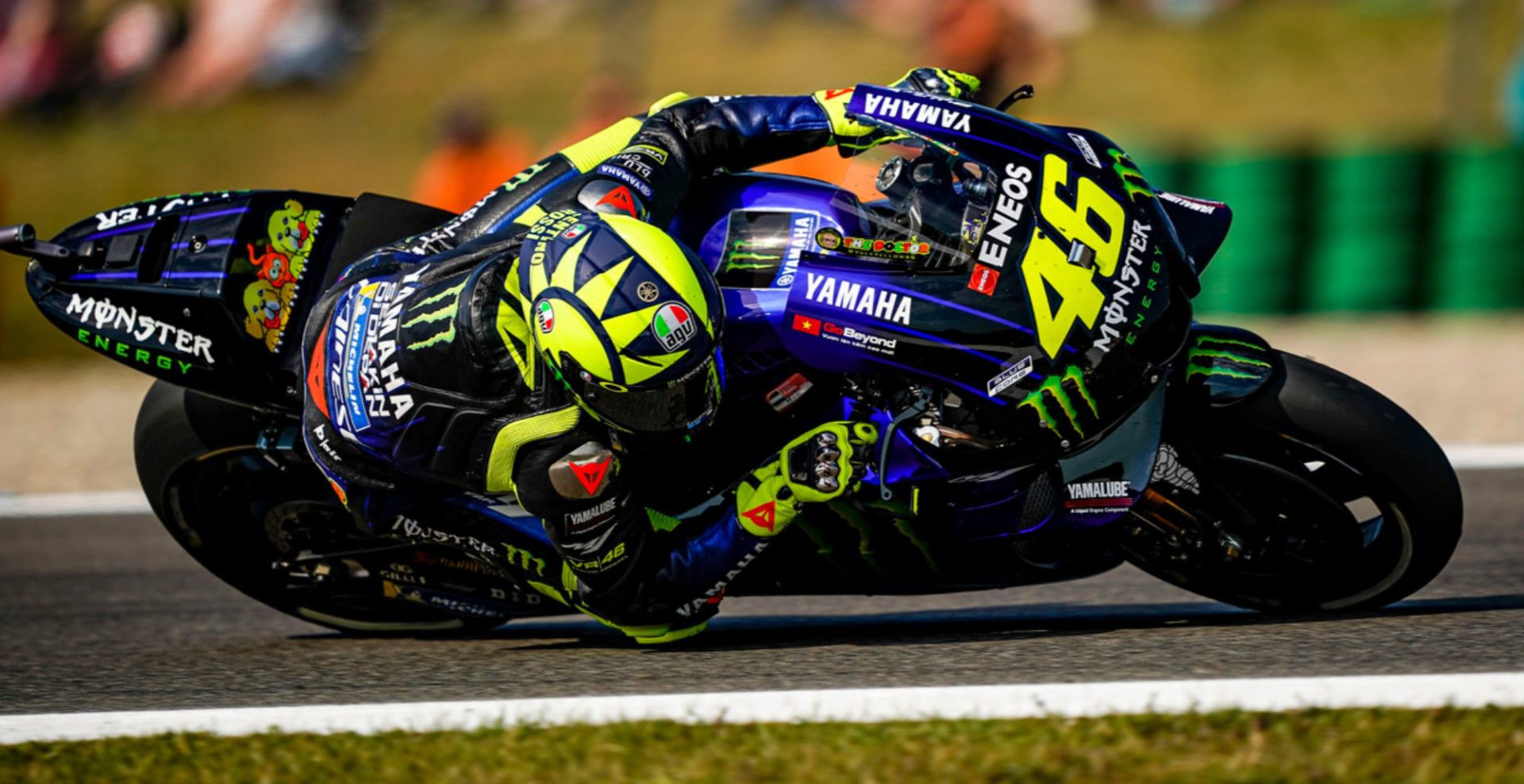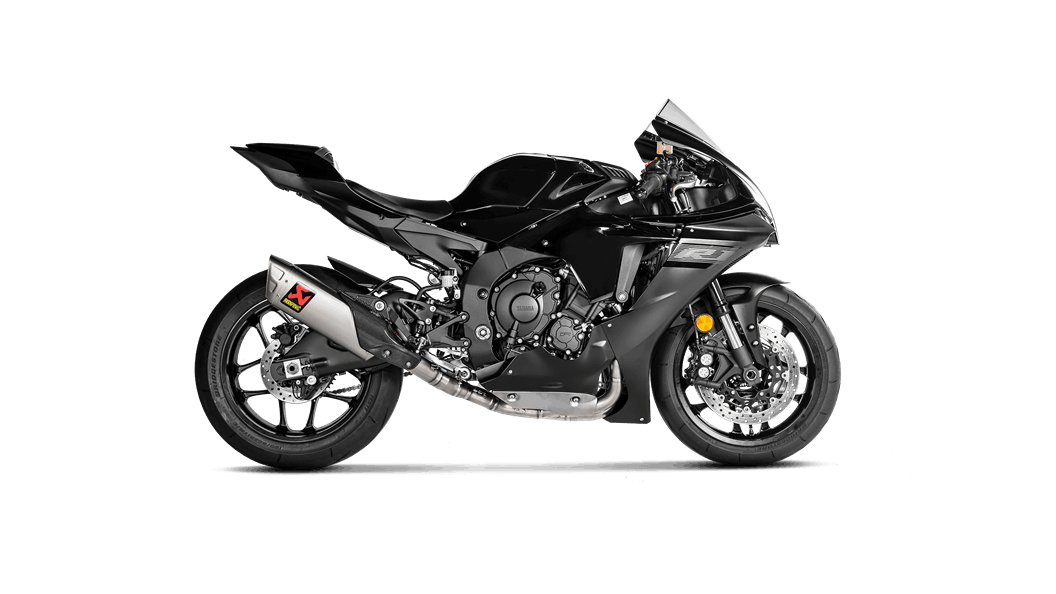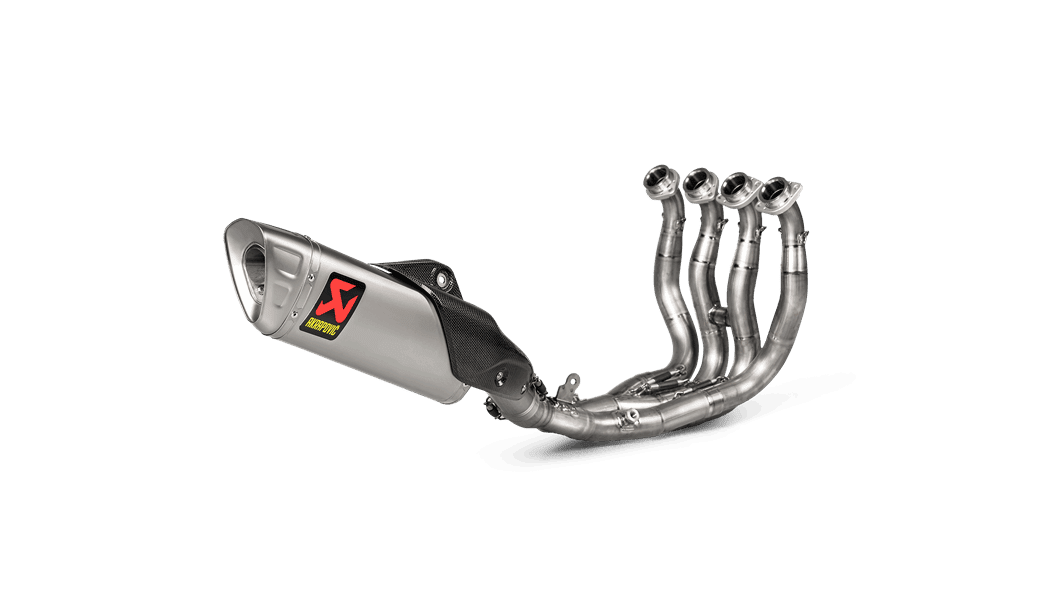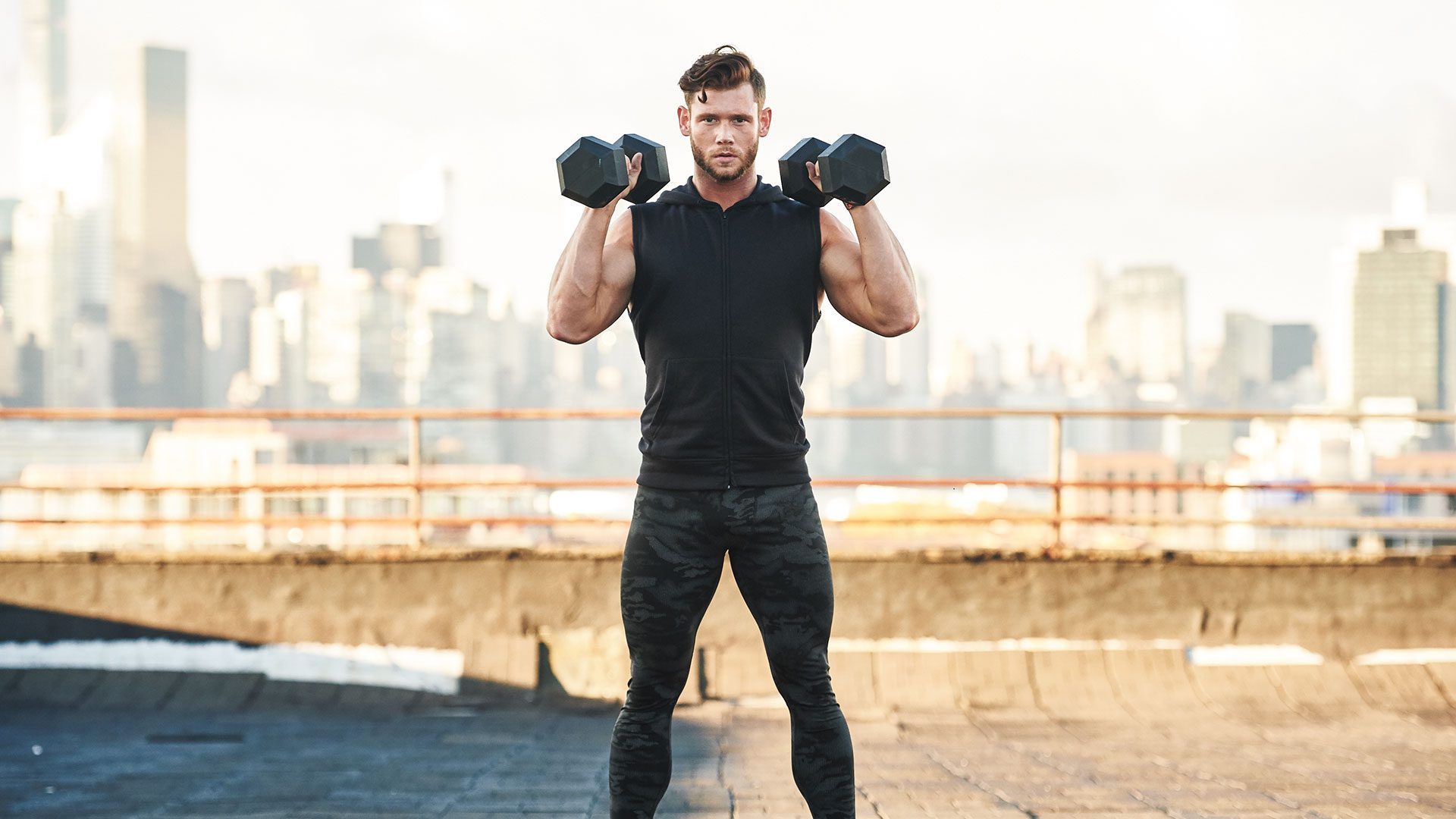Ah, the nibble at the back of your skull, the itch you can’t scratch, the adrenaline fuelled addiction… to regular people, it’s called motorcycling. To us, it’s a hobby that defines us, separates us from the rest, as we have experienced the joy, the freedom, the sheer fun of going about life on two wheels instead of four.
Now, for the more insane, maniacal, or silly, there is a need to make one’s bike faster. This can be achieved in a multitude of ways and can change depending on what your personal definition of faster is. For the purposes of this article, I am using faster in two definitions: acceleration, and constant velocity (widely known as top speed).
As well, I’ll be focusing more on the sport and supersport end of the spectrum, as this is where 90% of those looking to improve speed on their bikes reside.
Exhaust & Power Commander/Tuning
And I’m not talking a simple slip-on here. Only a full system can properly add true speed to your bike, both by reducing overall weight and reducing back pressure from the stock exhaust system. Probably the most accessible and “easiest” modification to your bike, do keep in mind that in some states, especially California, removing a catalytic converter can render your bike not road legal.
Popular systems come from well-known names like Akrapovic, Austin Racing, Two Brothers, and the like. Depending on the materials used, ranging from steel and aluminum to full titanium alloy systems, you can expect to pay between $400 to over $2,000.
And on top of that, because the exhaust gasses will be flowing much faster from your engine and the back pressure will be reduced, having a Power Commander or suitable tuning device is almost a necessity. Faster exhaust means the engine breathes better, meaning that the air-to-fuel ratio and rich/lean levels will need to be adjusted.
While the adjustment can be done manually, bit by bit until the bike “feels” right, this is one of those times we recommend that you take your bike to a performance shop that has a bike dyno and tuning system. It may cost you a couple of hundred dollars, but a professional tune will more often than not garner you the best results.
Lightweight Parts
Taking a stock exhaust that can weigh over 20 lbs and replacing it with a full titanium system that weights 8 lbs save you 12 lbs. You may not notice that outright, but once you start to carve some corners, you’ll notice the bike being slightly easier to flick, as there is less weight to move.
As Colin Chapman of Lotus Racing famously said: “Simplify, then add lightness.” His obsession with unsprung weight easily translates across to our two-wheeled beasts. If you are scratching your head at “unsprung weight,” it simply means anything that is not directly in line with or affected by the suspension. An exhaust system is an example of unsprung weight, while the front forks are sprung weight.
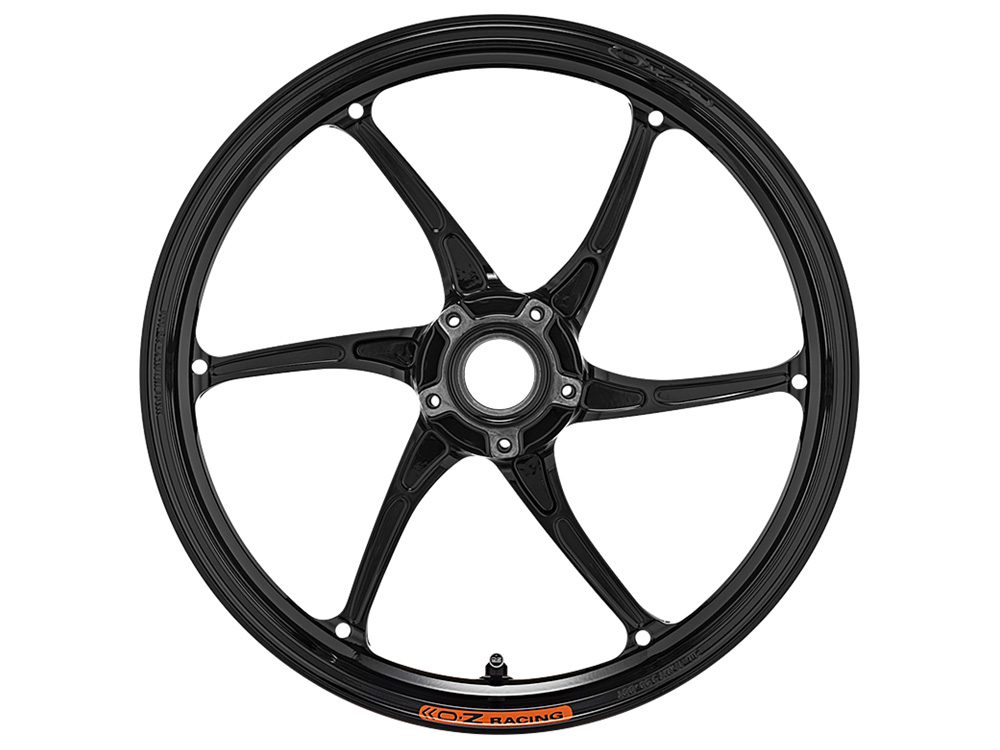
The easiest part to change out for lighter parts are wheels. Factory wheels are generally lightweight steel alloy, with the exception of more expensive bikes where aluminum alloy is used. The basic rule of thumb for wheels is whatever your budget can afford.
Aftermarket wheels come in multiple types of materials, with the cheapest being forged aluminum. From there, in terms of lightness and, subsequently, expense, you have forged magnesium, cast magnesium-aluminum alloy, cast magnesium, and finally carbon fiber.
Another item, depending on the popularity of your specific model of bike, that can be changed out for massive weight savings is the swingarm. Most swingarms are actually a good percentage of the total bike weight, as they are a major stress-bearing member of the entire structure that is a motorcycle.
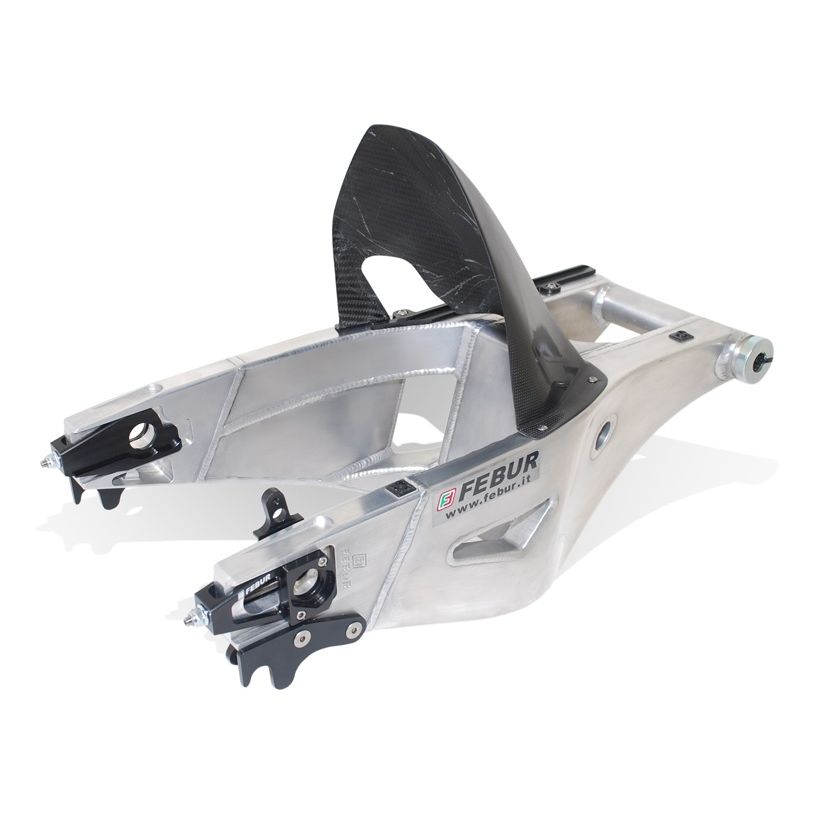
Changing out a steel alloy swingarm for a forged aluminum one can save you easily 20 lbs or more. Again, budget really is the limiting factor here, as there are now carbon fiber composite swingarms available for some of the more popular supersport models.
Gearing & Sprockets
Pardon me while I get slightly scientific here. As we learned in high school physics, the basic mechanism that changes the revolutions of our engine output shaft to actual wheel revolutions is a closed-loop gear system with a small (engine side) sprocket and a large (wheel side) sprocket.
To make the math easy, assume the engine sprocket has 20 teeth, and the rear sprocket has 80 teeth, meaning we have a ratio of 4:1. For every full revolution of the front sprocket, the rear wheel turns ¼ of a revolution, and therefore every 4 full revolutions of the front sprocket will get you 1 full rear-wheel revolution.
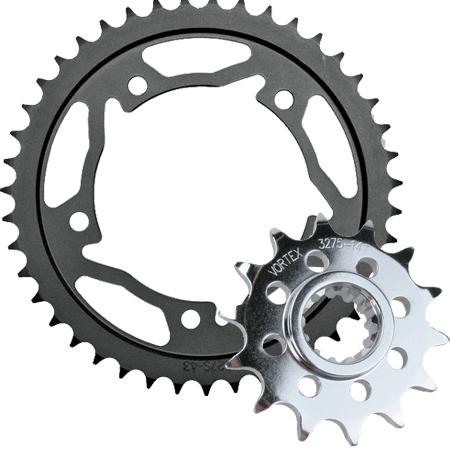
With the basic math understood, imagine what would happen if you change the rear sprocket to have 60 teeth? Your ratio would jump to 3:1, and the fewer revolutions the front sprocket has to make to gain a full rear-wheel revolution means your bike will accelerate that much faster.
Now, this is an extreme example, and each bike is different. However, there are sprockets of both types available from many performance shops that will adjust your sprocket ratio in terms of a few teeth at a time.
Using the example above, a much more reasonable adjustment would be changing out the rear sprocket to have 76 teeth instead of 80, which results in a ratio of 3.8:1. The counterpoint to more acceleration, however, is that you pay for it in top speed.
As well, because you will be changing sprocket pitch (distance between teeth) either by a little or a lot, you may also need to invest in a new chain to match the pitch of your new sprockets.
Tires
So now that your brain is completely melted by having to drag up that high school math you never thought you’d need to remember, let’s talk tires. Your bike came with factory tires, and they are generally the best all-purpose tires for your bike that the factory could source. They aren’t bad, but they also are, generally, not the best of the best performance tires.
Depending on your intended usage, be it either street performance or building a dedicated track-day bike, there are a lot of tires out there that can squeeze a little performance gain out for you. The biggest difference is, of course, going from a street tire to a fully rated race tire, which is what you would do if you were to build a track-day special. Pirelli and Michelin both have your back here.
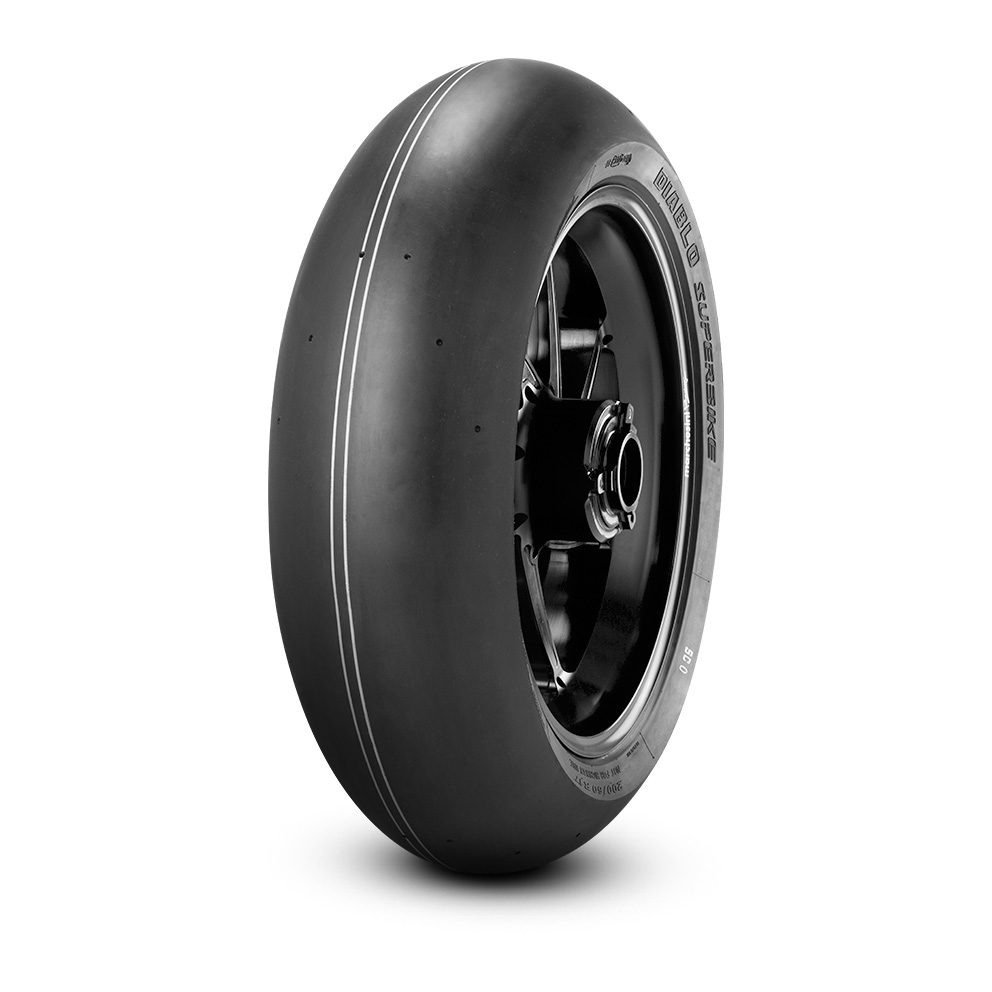
For the street, there are literally hundreds upon hundreds of tires that would work for your bike. And if you have the budget to buy new lightweight wheels, you for sure have the budget to get some new tires too.
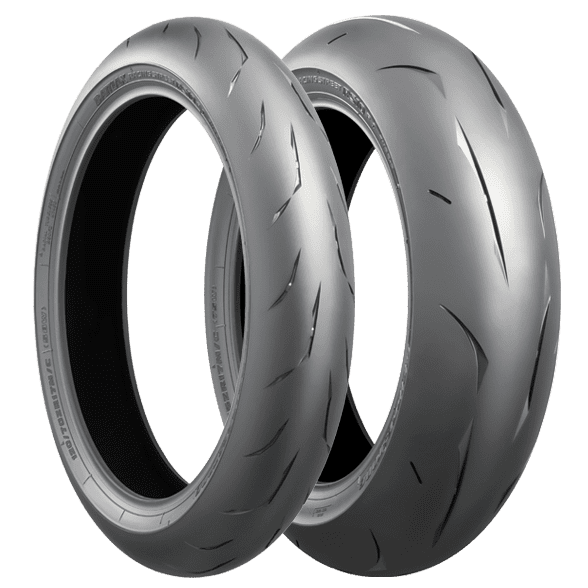
TIP: It’s in this area that your local performance shop guy that’s been around for 20 years and has a knowing smile on his face, standing behind the counter, is a gold mine. Chat these guys up, ask questions, talk bike stuff, and use their knowledge to your advantage. They wouldn’t have stuck around for 20 years if they hated their job!
Brake Pads, Hydraulic Lines, & Rotors
“Wait a minute…” I can hear you saying already. Yes, brakes slow bikes down. But this is a good thing if you want your bike to go faster.
The very first thing you should upgrade is the rubber hoses from your brakes to your rotors and pads, even if you don’t plan on doing anything else to your bike. Get certified steel braided lines. This prevents any stoppages in your lines from bulging out the rubber or even bursting your lines, which can be fairly catastrophic at the wrong time. As well, the steel helps absorb and dissipate some of the heat that can build up in hydraulic fluid over the course of a track session.
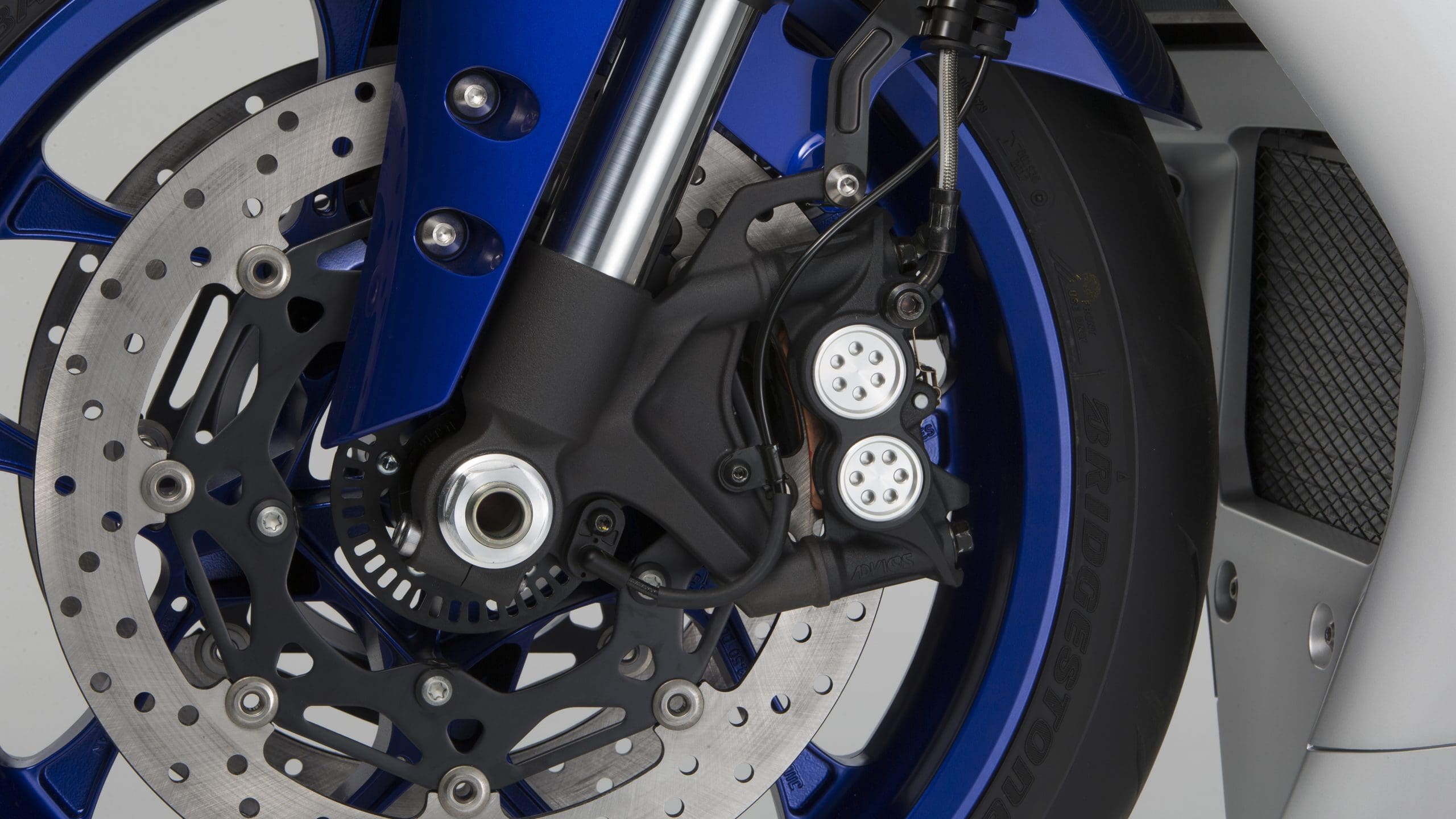
A lot of bikes nowadays have very good braking systems from factory, with many supersports getting big names like Brembo, Nissin, and the like to provide the braking systems. However, the biggest difference in stopping power is not the name on the caliper, but the pads and rotors that interact with each other.
You may have noticed on a particularly hot day that your front brake took a little more pressure than normal to engage fully. Heat soak and heat fade are real issues in braking, and having high quality vented rotors and top quality brake pads can bring your bike to a stop much faster than a faded system.
If you’re going for maximum performance, such as on a race bike or track-day special, then a full brake system upgrade might be called for. Brembo makes racing brakes, calipers, and pads of the highest quality materials, up to and including carbon-ceramic systems, which are also ridiculously expensive.
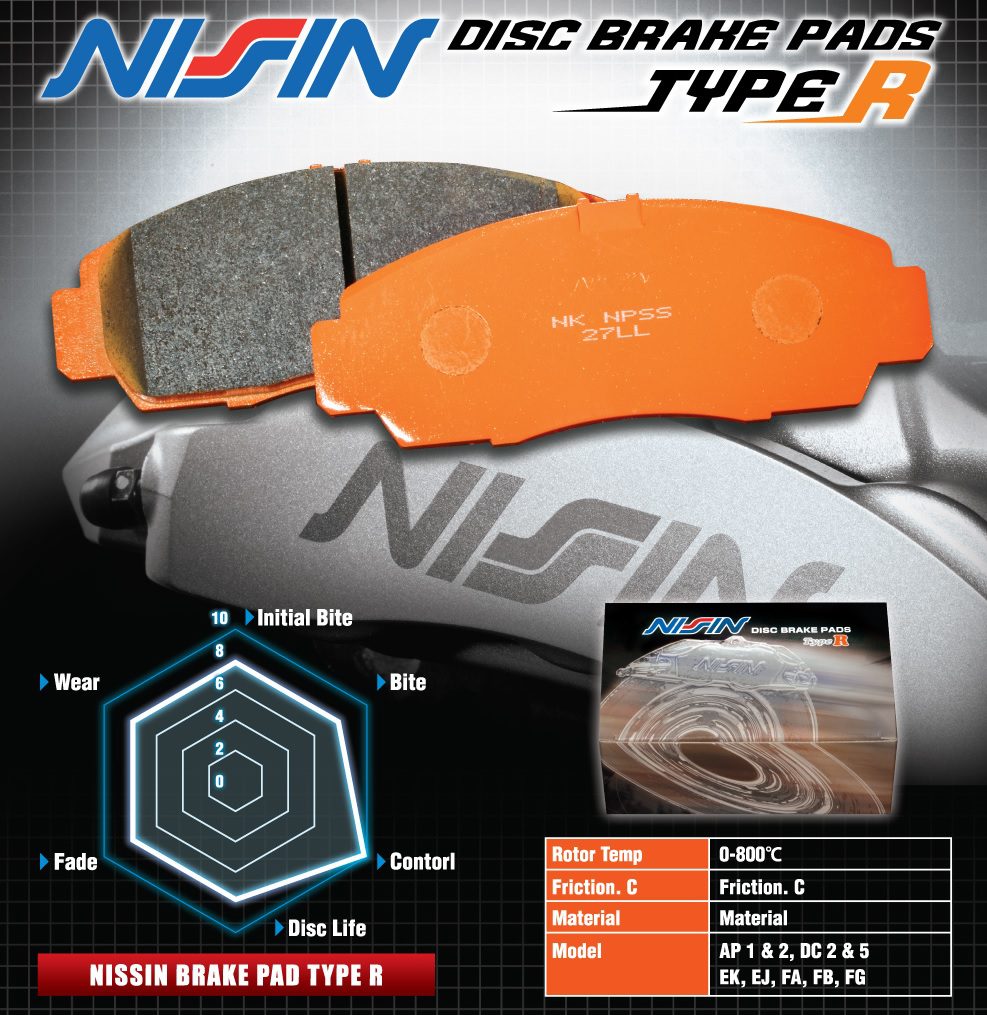
There are other racing and high-performance companies out there, however, that provide equal quality parts for much less, such as Lyndell, EBC, and Nissin.
You
Yes, you. The reader. The rider. The pilot. Whatever you want to call yourself, you have an impact on how your bike performs.
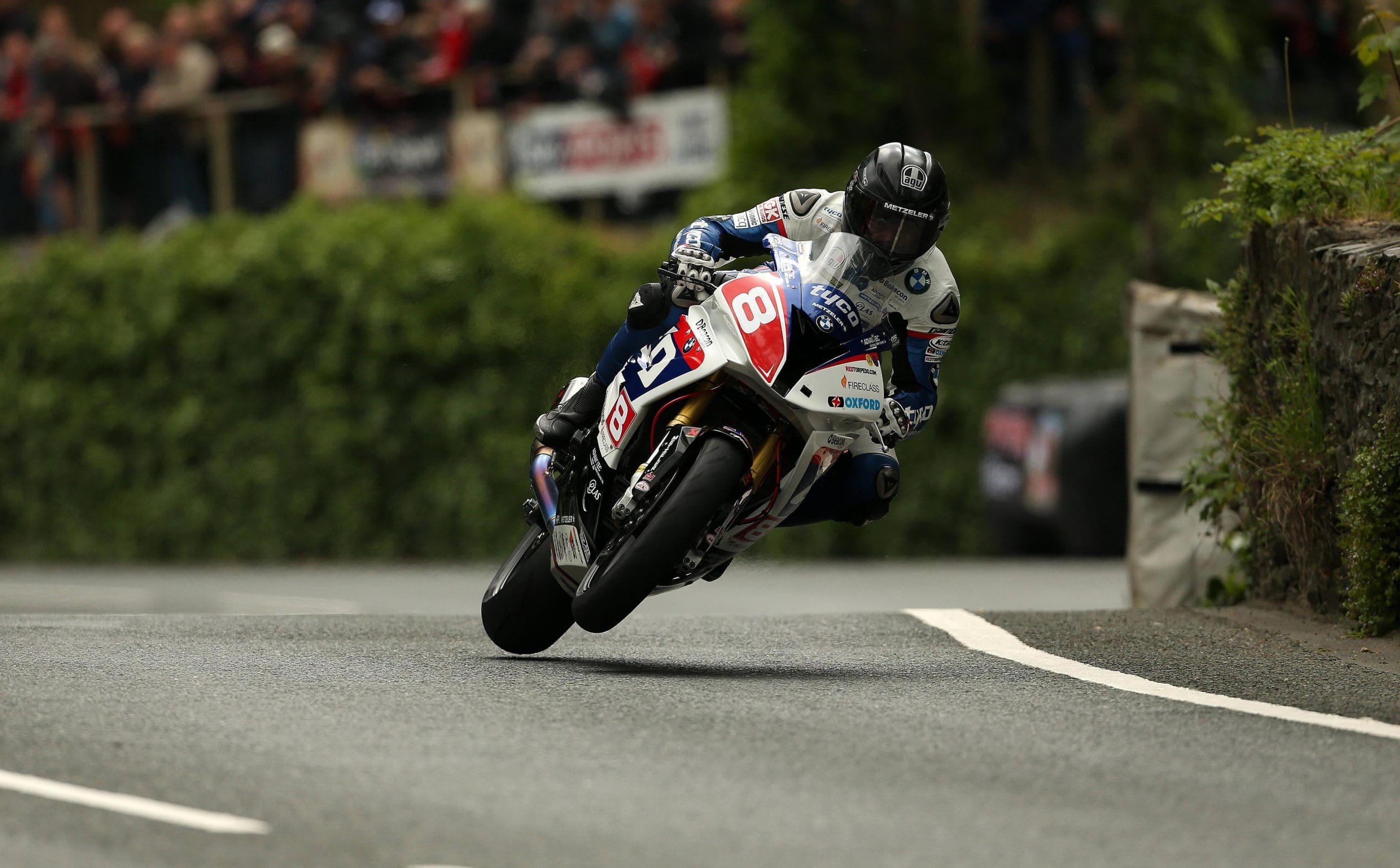
Mentally, you really are your own limiter. I must stress, however, that knowing your performance limits and being a complete ass on a supersport is not the same thing. Popping a wheelie at 100 MPH on the freeway is not performance biking, it’s being a complete ass. Carving a corner on a track, nipping the apex, knee slider on the tarmac, elbow inches from the ground as you lean off your bike…. That’s knowing your performance limit and enjoying it.
Attend a track day or even better, if one is available in your area, take a supersport school or racing school. These are taught on actual tracks, where you can apply the lessons that the instructions will pass on to you to increase both your track performance as well as street riding skills.
Physically, be healthy. Remember when you first hopped on your first bike after you got your license? After a couple of rides, you had muscles that hurt that you weren’t even aware existed. Core, legs, lower back, shoulders, wrists. They all need to be strong and controlled to able to hang off your sport bike in a serious lean angle to carve that tasty corner.
And you don’t need to go to a gym to work out if you don’t want to, although it’s a great reason to hop on the bike and go somewhere. There are resources out there that show you how to work out as little as 20 minutes a day, using your own body weight, to work those areas of your body without needing to drain your wallet on a gym membership.
As well, by working out, eating healthy, and if, like me, you have a few pounds to shed off, those pounds are directly affecting your bike’s power to weight ratio. So if you ever needed an excuse to get rid of the beer gut, there it is.


